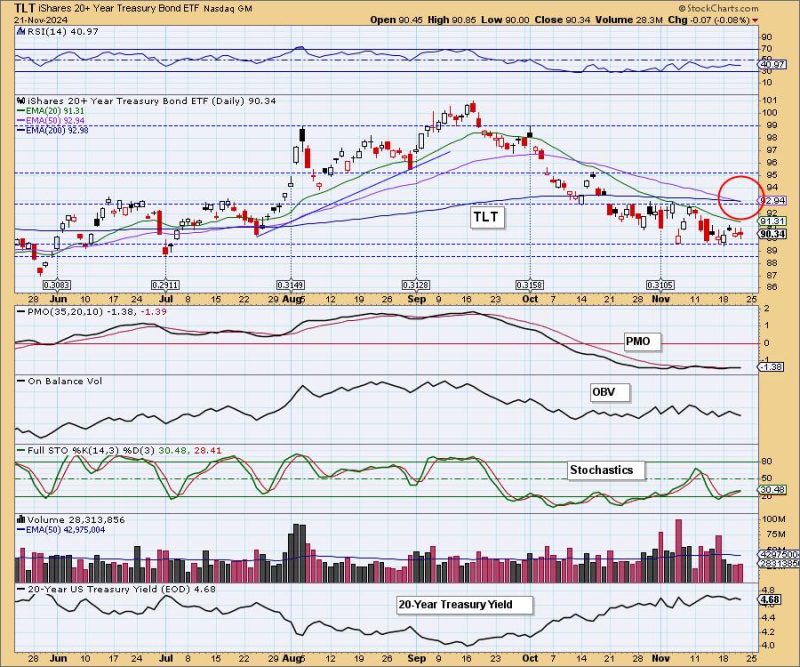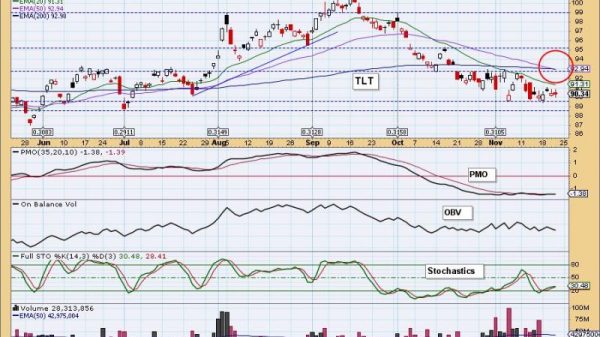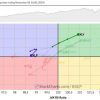Title: The Intersection of Bonds and Market Signals: Understanding the Death Cross Sell Signal
Introduction:
In the complex world of financial markets, investors often rely on various signals and indicators to make informed decisions about their investments. One such signal that has recently emerged in the bond market is the death cross sell signal, sending ripples of concern and speculation among market participants. This article aims to unravel the significance of this signal, its impact on bond markets, and its implications for investors.
Understanding the Death Cross Sell Signal:
The death cross sell signal occurs when the short-term moving average of bond yields crosses below the long-term moving average. This crossover is seen as a bearish sign for bond prices, indicating a potential downturn or loss of value in the bond market. Investors closely monitor this signal as it may foreshadow wider economic trends or shifts in market sentiment.
Implications for Bond Investors:
For bond investors, the death cross sell signal serves as a cautionary warning to reassess their investment strategies and risk tolerance. The signal suggests a potential decrease in bond prices and an increase in market volatility, prompting investors to consider rebalancing their portfolios or adjusting their asset allocation to mitigate risks.
Market Sentiment and Economic Indicators:
The emergence of the death cross sell signal often reflects broader market sentiment and economic indicators. Investors interpret this signal in conjunction with other factors such as inflation rates, central bank policies, and geopolitical events to gauge the overall health and direction of the bond market. The signal can influence investor confidence and drive market reactions, leading to increased trading activity or adjustments in asset allocations.
Navigating Uncertainty with Strategic Planning:
In the face of market uncertainties signaled by the death cross sell signal, investors are advised to adopt a strategic approach to portfolio management. Diversification, risk assessment, and a long-term perspective are key principles that can help investors weather market fluctuations and seize opportunities that arise during volatile times. By staying informed, staying disciplined, and staying resilient, investors can navigate market challenges and position themselves for success in the long run.
Conclusion:
The death cross sell signal serves as a valuable market indicator that alerts investors to potential shifts in bond prices and market sentiment. While the signal may signal uncertainty and risk, it also presents opportunities for informed decision-making and strategic planning. By understanding the implications of this signal and employing sound investment practices, investors can navigate the complexities of the bond market with confidence and resilience.































